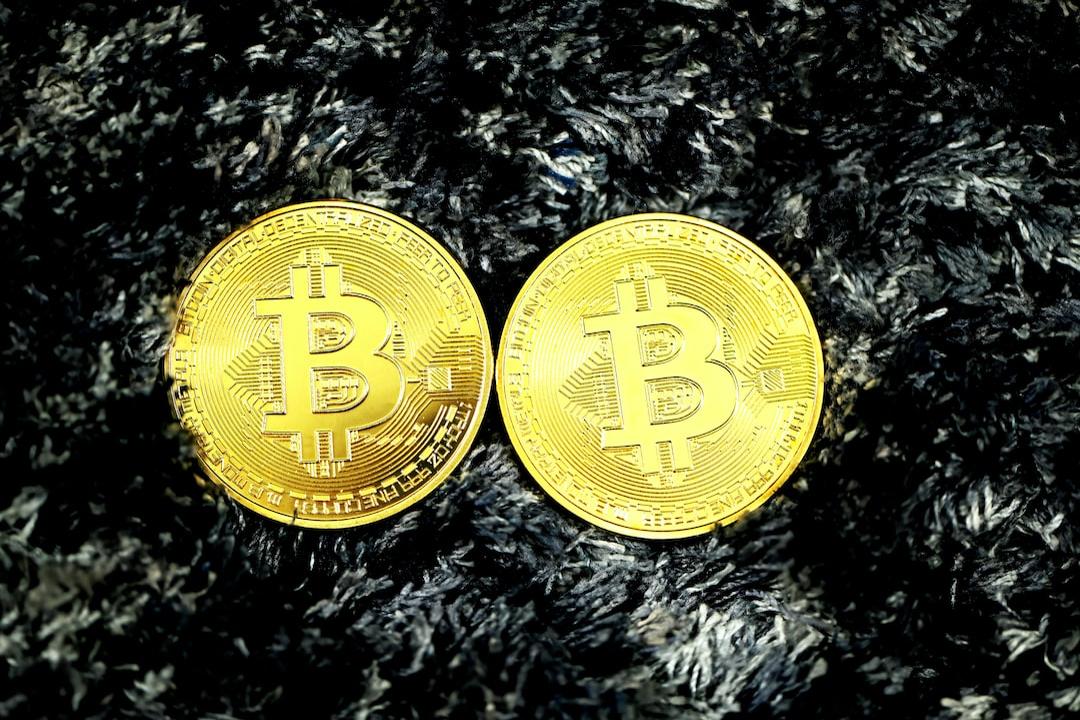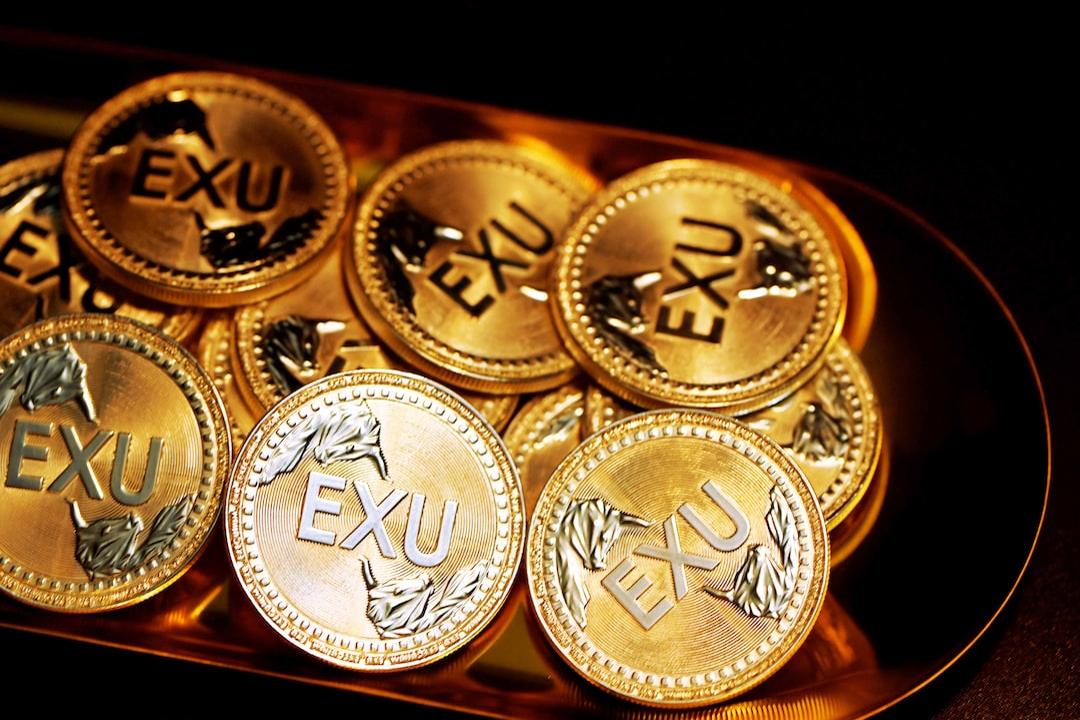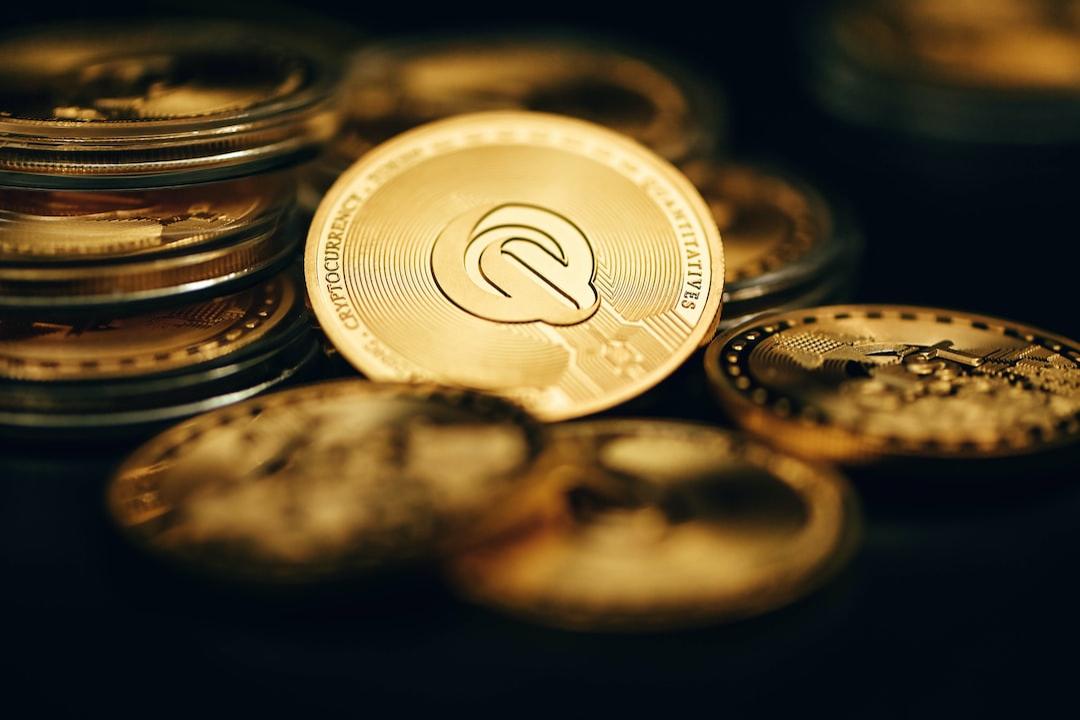YEREVAN (CoinChapter.com) — Ethereum’s On-Chain Activity Declines in 2025
Ethereum’s on-chain activity has dropped sharply in 2025. Daily active addresses fell from over 400,000 in early January to 333,000 by March 31, matching the decline in price from $2,600 to $1,800. The chart shows a clear and steady drop in user participation throughout Q1.

Fewer active addresses mean fewer transactions and less interaction with smart contracts. This weakens Ethereum’s role in DeFi, NFTs, and other use cases tied to network demand.
The decline isn’t temporary. The consistent drop points to deeper problems. Ethereum is losing users to faster and cheaper alternatives. With fewer transactions, the network collects less in fees, making the burn mechanism less effective.
Fee Burn Mechanism Collapses Post-Dencun
Ethereum’s burn rate has dropped to levels not seen since the 2022 Merge. The chart highlights this collapse, showing a sharp reduction in the total fees burnt. In March 2025, daily fees burned frequently stayed below 500 ETH, a stark contrast to prior peaks in late 2023 where the network was burning over 10,000 ETH per day.

The burn rate is essential because it offsets new ETH issuance. When activity is high, ETH becomes deflationary. But with fewer transactions and lower fees, Ethereum is now inflating. The Dencun upgrade, activated in early 2024, introduced changes that reduced gas fees and optimized transaction bundling. This cut the revenue that would’ve been burned under EIP-1559.
Ethereum’s total supply dropped steadily before the Dencun fork but reversed course soon after. In just under 12 months, the supply grew from 120 million to over 120.4 million ETH. This reverses nearly two years of deflationary progress.

The inflation is not theoretical—it’s already happening. Ethereum is producing more coins than it removes, putting steady sell pressure on the market. Combined with weak demand, this increases the likelihood of deeper price drops.
Transaction Fees Crash to $0.10 as Revenue Dries Up
Ethereum’s fees per transaction now hover near $0.10, matching 2021 lows. The chart tracks the average fee per transaction in USD terms. The average has plunged across the board, even during brief price upticks. With such low fees, Ethereum’s daily burn totals cannot counterbalance its issuance.

Increased efficiency on L2 chains and batching techniques pushed fees lower. While this benefits users in the short term, it has hurt Ethereum’s economic model. The base layer now generates less revenue, even as block production and validator rewards continue.
This collapse in fee revenue undermines ETH’s value proposition as a “productive” asset. If users don’t pay to use the chain, validators get lower incentives, and Ethereum’s core tokenomics weaken. Ethereum no longer behaves like a scarce asset in this environment—it’s acting more like a commodity with increasing supply and shrinking demand.
Signs of Accumulation Amid Ethereum’s Weakness
Despite widespread weakness in Ethereum’s on-chain metrics, some accumulation trends have appeared in recent weeks. A chart shared by Coinvo on April 2, 2025, shows that wallet balances holding between 100 to 100K ETH have started rising again.
The chart shows the increase in Balance 100–100K alongside Ethereum’s price, highlighting renewed buying activity among mid-sized and large holders.

The Balance 100–100K metric began climbing in early March 2025, indicating accumulation during the price drop. These wallets are often linked to institutional or long-term investors that tend to accumulate when sentiment is low. This trend shows that some market participants still see long-term value at current price levels.
So far, the rising balances haven’t translated into upward price movement. Ethereum remains near $1,800, with weak burn rates and rising supply still dominating the broader outlook. Without a rebound in overall network activity, this accumulation trend may not be enough to reverse the downtrend.
